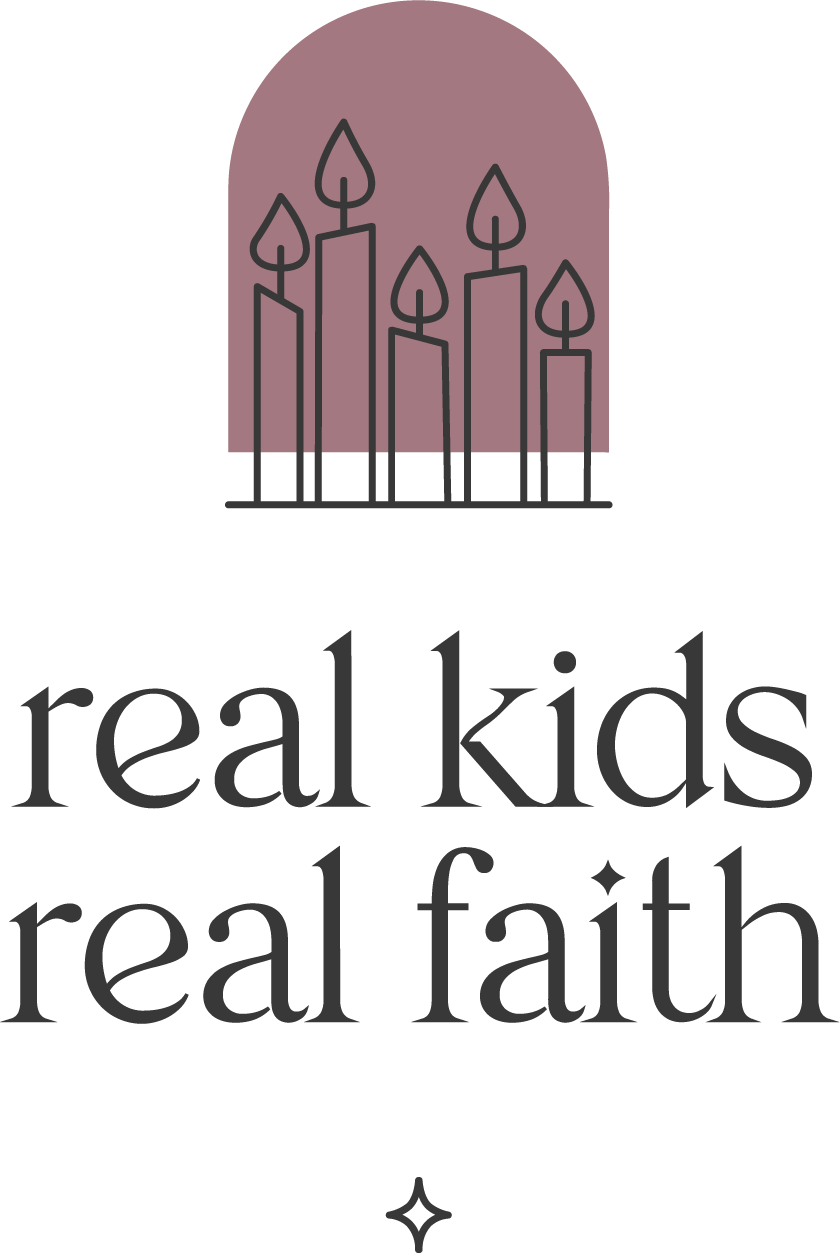Mass shootings have become commonplace in the U.S. No matter how a parent feels about gun control, the thought of explaining to a child why a group of people have been shot creates anxiety. What do I say? How much information do I give? Can I just keep my child away from the news? What if they’re scared and upset?
Our first instinct may be to shield our children from these events. That may work with very young children, but the variety of ways in which news is reported today makes blocking it entirely difficult. Plus, children overhear adults talking and pick up on others’ emotional distress. So even toddlers may realize that something has happened that has others in their world upset.
The better approach is to acknowledge that gun violence is part of the world in which our children live and thus something we need to talk about with them. That way, we can answer their questions and provide them with ways to make sense of what has happened in accord with our values and worldview.
Parent and Episcopal priest Allison Sandlin Liles has advice for crafting such conversations. She says it’s important to begin by reminding children that we will do everything possible to keep them safe. For many children, their primary question is whether or not they are at risk. They may not express this concern directly – it may be too scary a question to put into words – but they wonder: could this happen to me? Thus, reassuring a child that you are trying to protect them is important.
Secondly, children need to hear the basic facts of a shooting incident in a way that takes their age and personality into account. Often, this means stating that someone went to a particular place and used a gun to hurt or kill people. It may also include information about what happened to the person who did the shooting (found by police, died as well, many people are looking for them) and some reassurance that either the person cannot hurt anyone else or families are taking precautions to stay safe.
While talking with your child, pay close attention to their emotions and behavior. Many children have difficulty finding words for their fears. They are more likely to act out their anxieties or become emotionally detached or distraught. Also, talk about your own feelings. Doing so provides children with a model for recognizing and dealing with those emotions.
Perhaps the hardest part of the conversation is answering the “why?” question. It’s okay to say that we don’t really know sometimes why people hurt other people. Perhaps they got so angry that they couldn’t remember to use their words. Perhaps they have prejudices and blame other people for their problems. Perhaps they felt powerless and thought shooting others would make them feel powerful. Whatever answers we provide, it is best to avoid referencing a person’s mental status, as this further stigmatizes those with severe mental illnesses who are more likely to harm themselves than others.
Explaining gun violence to a child can feel overwhelming to parents and caregivers. But in a world where children practice active shooter drills in school and daycare, it’s an issue we need to talk about. We may not be able to end the violence, but we can reduce children’s fears and provide them with tools for coping when a shooting occurs.

Comments